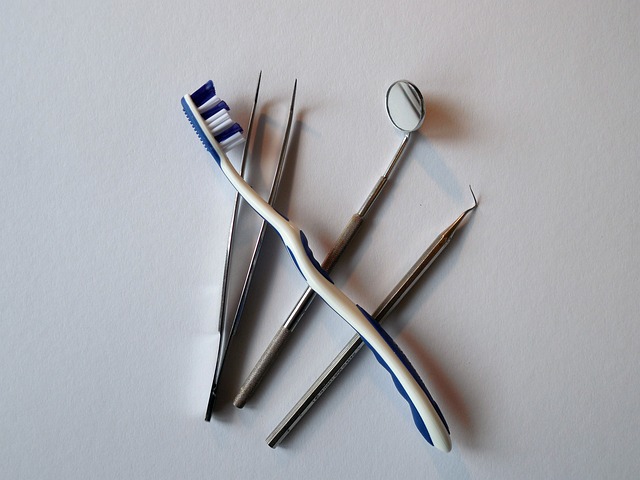Tooth decay, or dental caries, is a widespread issue that can be effectively managed through a combination of dietary control, consistent oral hygiene, and professional dental care. It's caused by acidic byproducts from bacterial plaque on teeth, which are fueled by sugars and carbohydrates in the diet. Regular check-ups and cleanings, along with brushing and flossing, play a critical role in preventing this condition. Early detection is key to managing caries, as it can lead to more serious issues like dental abscesses or the need for root canal therapy if left untreated. A balanced diet rich in vegetables, fruits, lean proteins, and dairy can protect teeth by influencing saliva composition and acidity levels. Maintaining good oral hygiene, staying well-hydrated, and limiting sugary intake are essential preventative measures.
For those looking to address dental alignment issues post-treatment for tooth decay, clear aligners from Oxford offer a discreet solution. These aligners are a modern alternative to traditional braces, designed to gradually shift teeth into the desired position without affecting their health or appearance. Oxford's dental clinics provide advanced treatments with the latest technology and expert care, ensuring that patients receive comprehensive treatment plans tailored to their individual needs. By combining clear aligner therapy with educational resources on maintaining oral health, residents of Oxford can enjoy the benefits of a straighter, healthier smile that complements their lifestyle and meets their aesthetic goals.
Exploring the intricacies of dental health, this article delves into the multifaceted topic of diagnosing and treating dental caries, commonly known as tooth decay. It outlines the causes behind this prevalent condition, its telltale symptoms, and the progression that leads to more severe oral health issues. The role of dietary choices and effective oral hygiene practices in preventing tooth decay is highlighted, emphasizing the importance of proactive care. Advanced diagnostic tools are examined for their ability to detect decay early, paving the way for non-invasive treatment options such as fluoride applications and fillings. For those dealing with more advanced stages of decay, the article covers treatments ranging from crowns and root canals to extractions. Additionally, it explores how teeth straightening with clear aligners in Oxford can serve as a complementary measure following decay treatment, ensuring optimal dental health and aesthetics. Join us as we navigate the complexities of maintaining a healthy, confident smile.
- Understanding Dental Caries and Tooth Decay: Causes, Symptoms, and Progression
- The Role of Diet and Oral Hygiene in Preventing Tooth Decay
- Diagnostic Tools for Identifying Early Stages of Tooth Decay
- Non-Invasive Treatment Options for Tooth Decay: From Fluoride Applications to Fillings
- Advanced Treatments for Severe Tooth Decay: Crowns, Root Canals, and Extractions
- Exploring Teeth Straightening with Clear Aligners in Oxford: A Complementary Approach Post-Decay Treatment
Understanding Dental Caries and Tooth Decay: Causes, Symptoms, and Progression
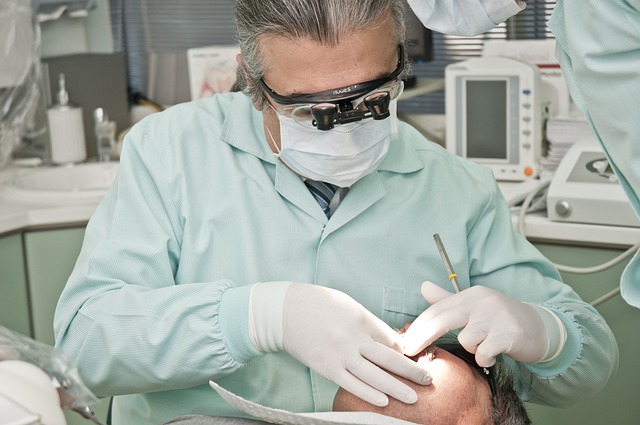
Understanding dental caries, commonly known as tooth decay, is pivotal for maintaining optimal oral health. This multifactorial disease occurs when acids, formed by bacteria in plaque, erode the enamel of the teeth. These bacteria thrive on dietary sugars and carbohydrates, producing acids that demineralize the tooth’s structure over time. Regular dental check-ups are instrumental in diagnosing early stages of caries, allowing for timely intervention. Good oral hygiene practices, including regular brushing and flossing, play a crucial role in preventing tooth decay. Additionally, teeth straightening options such as clear aligners from reputable providers like those in Oxford can contribute to better oral health by facilitating more effective cleaning of the teeth and gums, thus reducing the risk of caries development or progression.
Symptoms of dental caries may manifest as tooth sensitivity, visible holes or pits in the teeth, and dental pain that worsens with consuming sweet, cold, or hot foods and drinks. As the decay progresses, it can penetrate deeper layers of the tooth, leading to further discomfort and potential infection. Early detection and treatment are key to preventing complications such as abscesses and the need for root canal therapy or tooth extraction. Advanced cases may necessitate restorative procedures like fillings, crowns, or even teeth straightening with clear aligners in more severe situations to restore functionality and aesthetics. It is essential to address caries early to avoid these outcomes and maintain a healthy, functional smile.
The Role of Diet and Oral Hygiene in Preventing Tooth Decay
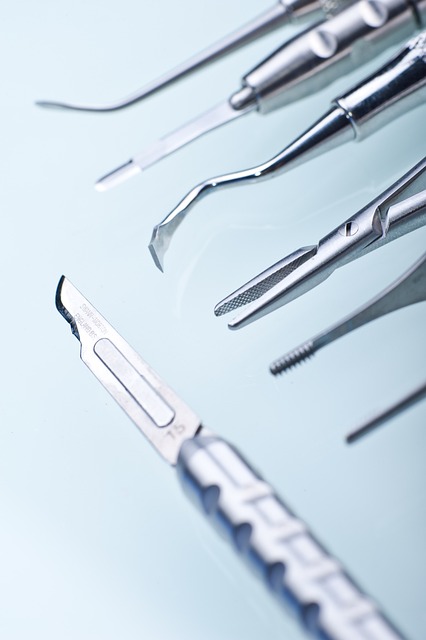
Maintaining optimal oral health involves a multifaceted approach, where diet and oral hygiene practices play pivotal roles in preventing tooth decay. A balanced diet is crucial for overall health, including dental health, as it directly impacts the acidity and composition of saliva, which can affect tooth enamel. Foods high in sugar and starches provide an ideal environment for cavity-causing bacteria to thrive. Therefore, minimizing the intake of these foods and choosing nutritious alternatives like vegetables, fruits, lean proteins, and dairy can significantly reduce the risk of tooth decay. Additionally, staying hydrated with water, which has a neutral pH, helps rinse away food particles and acidic residues that could harm teeth.
In conjunction with dietary choices, consistent and proper oral hygiene is essential. Brushing twice daily with fluoride toothpaste helps to remove plaque buildup and debris, which if left, can lead to dental caries. Flossing or using interdental cleaners is equally important for reaching areas where a toothbrush cannot, thus preventing the accumulation of plaque along the gum line. For those seeking additional support in aligning their teeth and potentially improving overall oral health, options like teeth straightening with clear aligners in Oxford are available. These aligners can not only enhance the aesthetics of one’s smile but also facilitate better oral hygiene maintenance by providing easier access to all tooth surfaces for effective cleaning. Adherence to these dietary and hygienic practices is key to preventing tooth decay and ensuring a healthy, functional, and visually pleasing smile.
Diagnostic Tools for Identifying Early Stages of Tooth Decay
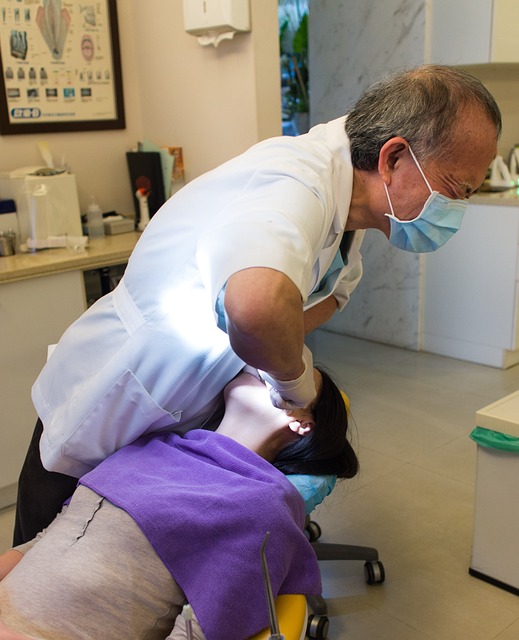
When it comes to identifying the early stages of tooth decay, modern diagnostic tools play a pivotal role in ensuring timely intervention and effective treatment. Dental professionals employ various methods to detect decay before it advances and causes significant damage to the teeth. Among these tools are dental X-rays, which provide a detailed image of the oral cavity, allowing dentists to spot the initial signs of decay between teeth or below existing restorations. Digital X-rays, in particular, minimize radiation exposure while offering enhanced image clarity. Another innovative approach involves the use of optical coherence tomography (OCT), which offers high-resolution, cross-sectional imaging of the enamel and dentin, aiding in early diagnosis and enabling precise treatment planning.
For those seeking cosmetic solutions post-treatment, teeth straightening with clear aligners from Oxford represents a discreet option. These aligners are tailored to fit individual dental structures, subtly shifting teeth into their ideal position without drawing attention to the orthodontic process. The advancements in clear aligner technology have made them increasingly effective for a variety of malocclusions, including those that may arise as a result of tooth decay and subsequent restorative work. Patients benefit from the comfort and aesthetics of clear aligners, which often lead to improved oral health and a more confident smile. Additionally, these aligners can be integrated into the overall treatment plan for managing early stages of tooth decay, ensuring that dental aesthetics are considered alongside functionality.
Non-Invasive Treatment Options for Tooth Decay: From Fluoride Applications to Fillings
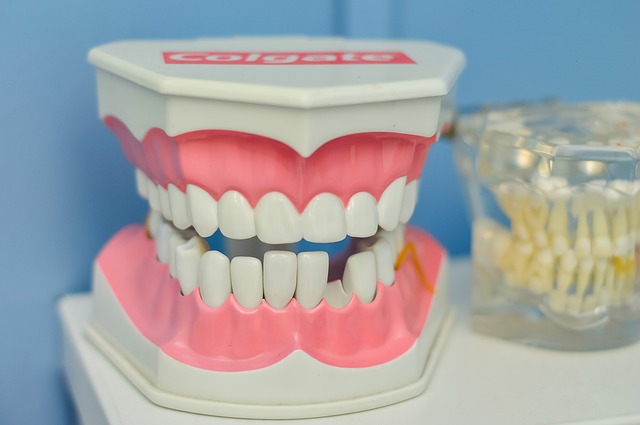
When addressing tooth decay, non-invasive treatment options are paramount to preserving as much of the natural tooth structure as possible. Fluoride applications represent a minimally invasive approach to strengthening teeth and preventing further decay. These treatments involve topical fluoride varnishes or gels that can be applied directly to the affected areas, fortifying the enamel and reducing sensitivity. Dentists often recommend these for individuals with a history of decay or those at higher risk due to dietary habits or dry mouth conditions.
Another non-invasive intervention is the use of fillings to restore teeth where decay has occurred. Tooth-colored fillings, such as composite resins, are a popular choice as they blend seamlessly with natural tooth color, providing both aesthetic and functional benefits. These modern fillings can be bonded directly to the tooth, requiring minimal drilling compared to amalgam fillings of the past. Additionally, advancements in dental technology have led to the development of clear aligners like those offered for teeth straightening in Oxford, which indirectly aid in preventing decay by optimizing oral hygiene and the alignment of teeth, making them easier to clean and maintain. Patients interested in such orthodontic solutions should consult with a dentist or an orthodontist specializing in clear aligner therapy to determine the most suitable treatment plan for their specific needs.
Advanced Treatments for Severe Tooth Decay: Crowns, Root Canals, and Extractions
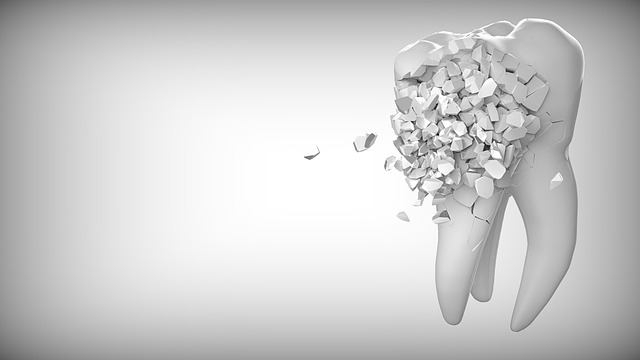
When confronting severe tooth decay, a range of advanced treatments is available to restore oral health and function. One such treatment option for severely decayed teeth is the placement of dental crowns. Crowns serve to cover the entire surface of a damaged tooth, providing both structural integrity and protection against further decay. Modern materials, including ceramic and porcelain fused to metal, offer aesthetically pleasing restorations that blend seamlessly with natural teeth. For teeth with deep decay that extend into the pulp, root canal therapy is often the best solution. This procedure involves the careful removal of infected pulp, followed by cleaning, disinfecting, and sealing the tooth’s inner chamber. Root canals have evolved significantly, making them a reliable and relatively pain-free option for saving teeth that would otherwise require extraction.
In cases where a tooth is beyond repair due to extensive decay or infection, an extraction might be necessary. However, even after an extraction, the goal of maintaining a healthy, functional, and attractive smile can be achieved through options like teeth straightening with clear aligners, which are increasingly popular in Oxford and across the UK. Clear aligners offer a discreet alternative to traditional braces, effectively realigning teeth without the use of visible metal wires or brackets. This treatment not only improves the appearance of the smile but also enhances oral hygiene practices, as it is easier to maintain good oral health with a properly aligned bite and clear aligners that can be removed for eating and cleaning. Advanced treatments for severe tooth decay, coupled with orthodontic solutions like clear aligners in Oxford, provide comprehensive care to restore the functionality and aesthetics of your smile.
Exploring Teeth Straightening with Clear Aligners in Oxford: A Complementary Approach Post-Decay Treatment
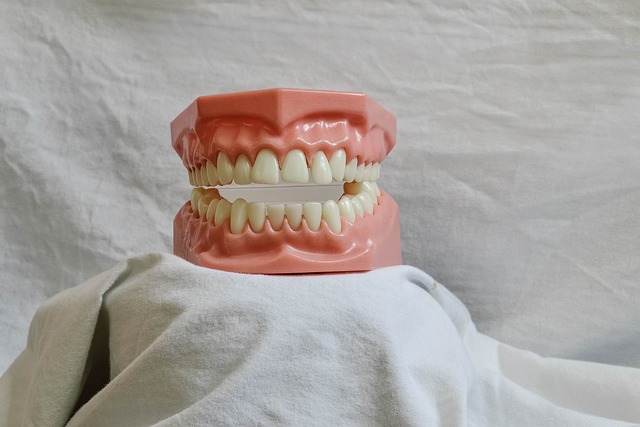
In Oxford, a city renowned for its academic prestige and historic architecture, the pursuit of a perfect smile extends beyond mere aesthetics. Teeth straightening with clear aligners has emerged as a transformative option for individuals seeking to enhance their dental alignment post-decay treatment. This method offers a discreet alternative to traditional braces, utilizing a series of custom-made, transparent trays that incrementally shift teeth into their ideal positions. The clear aligners technology is particularly beneficial for those who have experienced tooth decay and require restorative work prior to straightening. By addressing decay first, the structural integrity of the teeth is restored, paving the way for the aligners to function effectively without compromising the health of the treated area.
Oxford’s dental clinics are equipped with advanced technology and skilled professionals who specialize in diagnosing and treating dental caries, followed by teeth straightening with clear aligners. This complementary approach ensures that each patient receives personalized care tailored to their unique needs. The aligners not only improve the alignment and appearance of the teeth but also facilitate better oral hygiene practices, which is crucial for preventing future decay. Patients in Oxford can avail themselves of this modern orthodontic solution, which aligns with their lifestyle and aesthetic goals while ensuring optimal dental health.
In conclusion, dental caries, more commonly known as tooth decay, remains a prevalent issue worldwide. Its development is influenced by factors such as diet and oral hygiene habits, which underscore the importance of preventive care. Early identification through advanced diagnostic tools plays a critical role in managing the condition effectively. A range of treatment options from fluoride applications to more invasive procedures like crowns, root canals, and extractions are available depending on the severity of decay. Furthermore, for those seeking aesthetic enhancements post-treatment, teeth straightening with clear aligners in Oxford presents a solution that aligns both oral health and appearance. It is through a comprehensive approach, combining prevention, early detection, and targeted interventions that individuals can maintain healthy, functional, and visually pleasing smiles.
